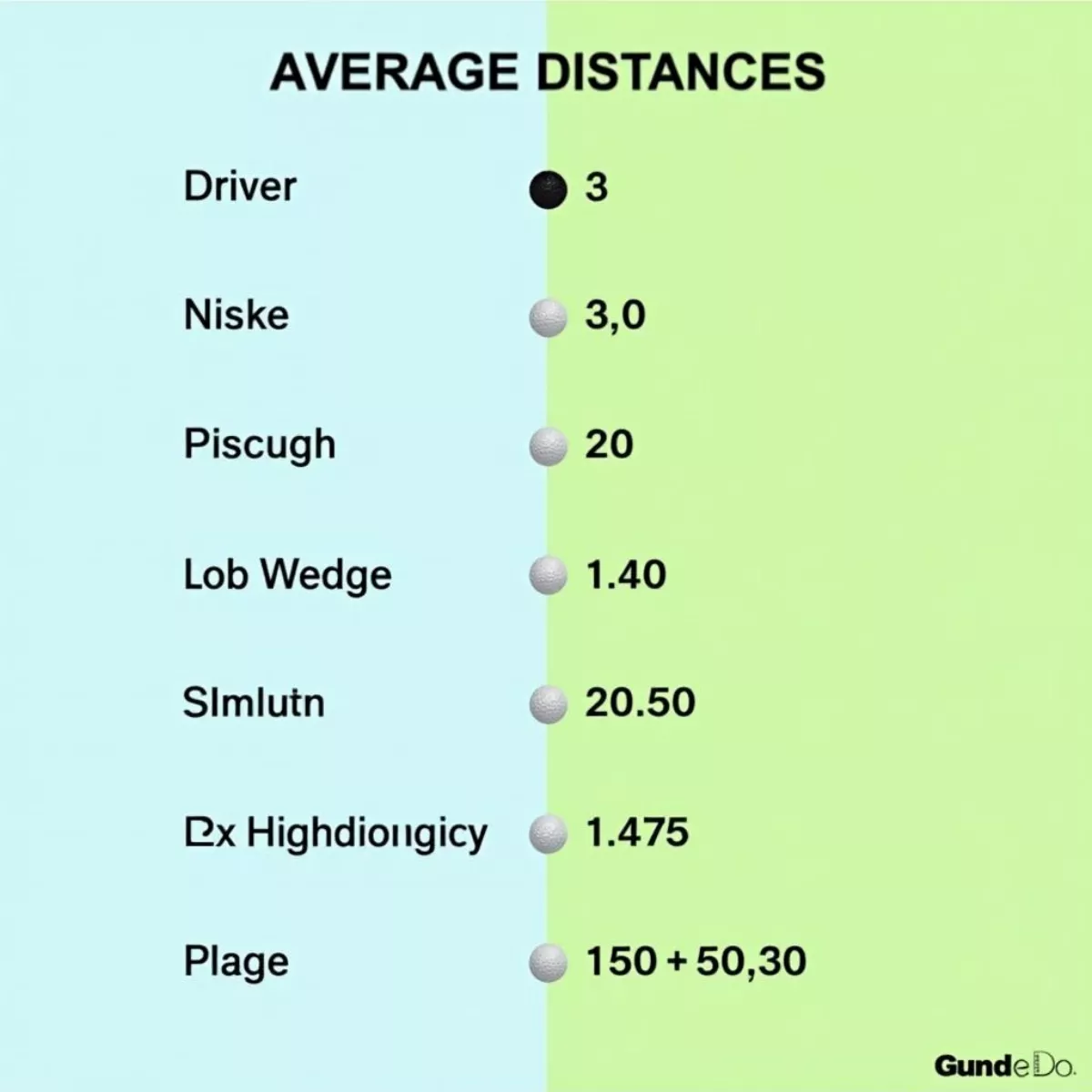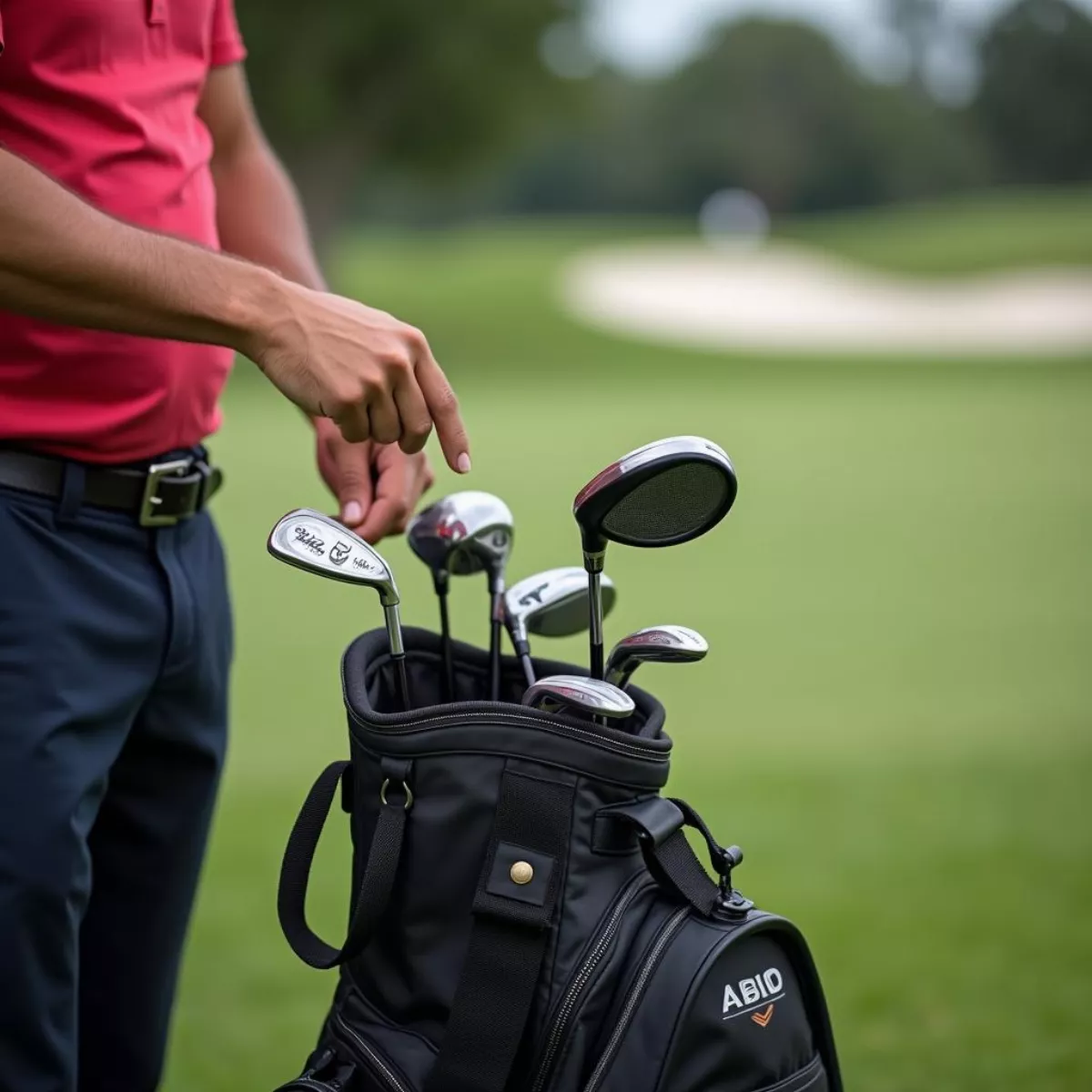Golf is a sport steeped in tradition, but it can sometimes feel overwhelming, especially when it comes to understanding which golf club to use in various situations. Whether you’re a seasoned golfer or a beginner, making the right choice of club can be the difference between a great shot and a disappointing one. In this comprehensive guide, we’ll break down how to choose the right golf club for your situation, focusing on key aspects like distance, loft, and your individual playing style.
Understanding the Basics of Golf Clubs
Before we dive into the specifics of club selection, it’s essential to familiarize ourselves with the types of golf clubs available. Generally, golf clubs can be divided into the following categories:
- Woods: Usually used for long-distance shots from the tee or fairway. They have a large head and a low center of gravity, making it easier to hit the ball high and far.
- Irons: Typically numbered (3 through 9), these clubs are versatile and used for various shots. Higher numbers indicate more loft and shorter distances.
- Wedges: A subcategory of irons, wedges are used for short approach shots and around the greens—particularly effective for soft landings on the green.
- Putters: Used on the green to roll the ball into the hole, putters are vital for your short game.
Club Specifications
When choosing a golf club, understanding the following club specifications can help you make informed decisions:
| Specification | Description |
|---|---|
| Loft | The angle of the clubface, influencing launch angle. Higher loft equals higher launch but shorter distance. |
| Length | The height of the golfer can impact the ideal length of the club. A taller golfer may need longer clubs to maintain control. |
| Lie Angle | The angle between the shaft and the ground. Improper lie angle can lead to inconsistencies in your shots. |
How to Choose the Right Golf Club
1. Assess Your Distance Needs
Determining the distance to the hole is one of the first steps in choosing the right club. Depending on this distance, various clubs will be suitable. Generally speaking:
- Driver: Best for tee shots, usually best for distances over 220 yards.
- Woods: Effective for second shots from further out, typically good for 150-230 yards.
- Irons: Ideal for distances ranging from 50-180 yards, depending on the iron number.
- Wedges: Use these for approach shots under 100 yards and around the green.
- Putter: Solely for shots from the green.
2. Know Your Club Distances
Every golfer has different strengths and weaknesses. It’s crucial to understand how far you can hit each club. Here’s a general overview of distances for the average golfer:
| Club Type | Average Distance (Yards) |
|---|---|
| Driver | 220-250 |
| 3 Wood | 200-230 |
| 5 Wood | 180-210 |
| 3 Iron | 180-200 |
| 5 Iron | 160-180 |
| 7 Iron | 140-160 |
| 9 Iron | 120-140 |
| Pitching Wedge | 100-120 |
| Sand Wedge | 90-110 |
| Lob Wedge | 60-90 |
Note: Distance varies widely based on strength, skill, and the specific club.
 Golf Club Distance Chart
Golf Club Distance Chart
3. Consider the Lie of the Ball
The position of the ball can significantly influence your choice of club:
- Fairway: When the ball is on the fairway, you have more options. Depending on your distance, choose between a wood, iron, or wedge.
- Rough: When in the rough, consider a more forgiving club, like a hybrid or a higher-lofted iron.
- Bunker: The sand wedge is typically the best option for getting out of a bunker due to its loft.
4. Weather Conditions
Wind and elevation can also affect your club selection:
- When it’s windy: You may need to choose a club that will yield a lower shot to combat the wind.
- At higher elevations: The air is thinner, and the ball travels farther, so you might need to club down.
5. Know Your Playing Style
Understanding your unique playing style is crucial in selecting the right golf club. Ask yourself:
- Are you more comfortable with a draw or fade?
- Do you prefer hitting high lofted shots or penetrating drives?
- How is your short game? Are you confident with wedges around the greens?
Tip: Keep practicing to get a feel for which clubs fit your style.
 Golfer Selecting a Golf Club
Golfer Selecting a Golf Club
6. Practice, Practice, Practice
One of the best ways to improve your club selection skills is to practice at the range. Spend time hitting different clubs to see how far and accurately you can hit each one. This familiarity will help you quickly assess the best option when you’re on the course.
Key Takeaways
- Assess distance: Understand the distance to the pin to choose your club.
- Know your distances: Familiarize yourself with how far you can hit each club.
- Consider the lie: Factor in the ball’s position.
- Watch weather conditions: Adjust your club selection based on wind and elevation.
- Understand your style: Recognize what shots you’re comfortable with.
- Regular practice: Spend time on the range to understand your clubs better.
Frequently Asked Questions (FAQ)
- What is the best club for beginners?
- The 7-iron is great for beginners due to its versatility.
- How do I know if my club is the right length?
- Stand with the club in hand; the bottom of the grip should ideally align with your wrist when your arms hang naturally.
- Should I use a hybrid instead of long irons?
- Hybrids are often easier to hit and can replace long irons for many golfers.
- What loft should my wedges have?
- A standard pitching wedge usually has 44-48 degrees of loft, a sandwich around 54-58 degrees, and a lob wedge can range from 58-64 degrees.
- Should I adjust my club selection based on my swing speed?
- Yes, faster swing speeds may require less loft, while slower swing speeds benefit from more loft.
- How often should I practice to improve my club selection skills?
- Aim for at least one practice session per week for consistent improvement.
- Can different brands affect how my clubs perform?
- Yes, brands can design clubs that slightly vary in length, loft, and shape.
- Is it advisable to buy a full set of clubs?
- If you’re starting, it’s better to buy the essential clubs first and add others as you progress.
- How important is a fitting session for my clubs?
- A fitting session can greatly help tailor clubs to your playing style and physicality, improving performance.
- Can technology like launch monitors help in choosing the right club?
- Absolutely! Launch monitors provide valuable data to help you understand your shots better.
 Golfer Using a Launch Monitor
Golfer Using a Launch Monitor
Choosing the right golf club is about understanding the basics and how each club functions in various scenarios. With practice and a little bit of thoughtful consideration, you will be well on your way to making more informed decisions on the golf course. Happy golfing!

